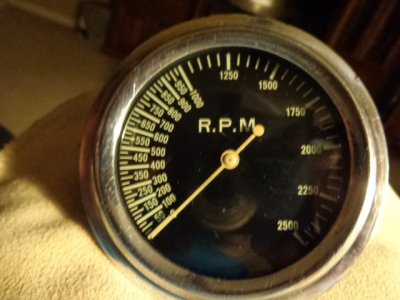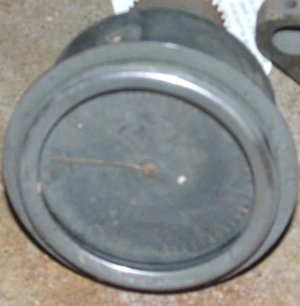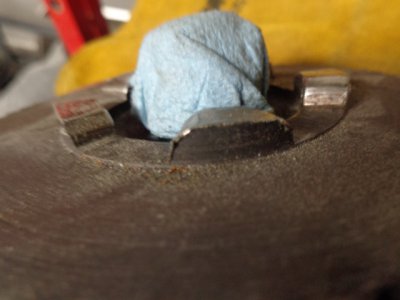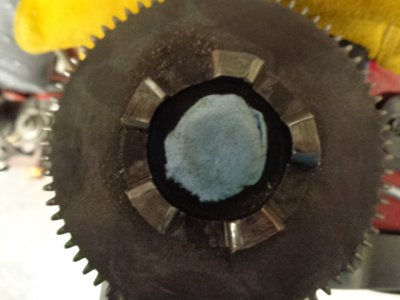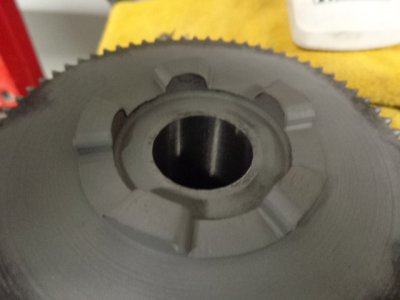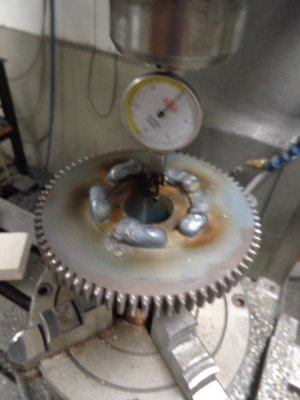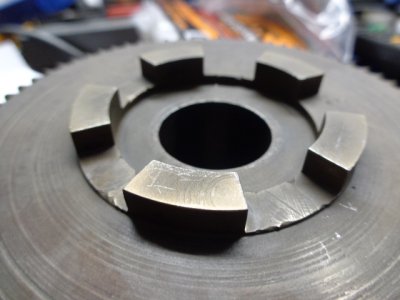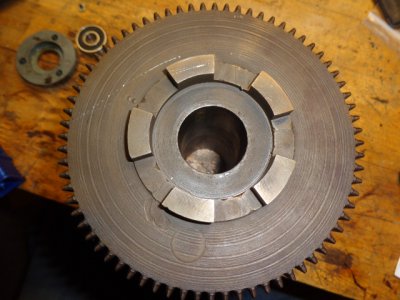I thought I'd start a new thread showing progress as I work on the Lathe. I removed the motor generator today and disassembled it. I have been debating on on a few different options to power this thing. I may cut down the motor generator housing and turn it into strictly a generator then couple a 5hp single phase motor to it keeping all the original electrical intact for wow factor. Or I have been thinking about stripping all the electrical making a shaft adaptor and installing a vfd with a braking resistor which I have already and wiring it to keep the original elsr features with modern technology. The first option would be fun to clean up and show off. The second would modernize the Lathe make it much more efficient (draw less current) and make it less maintenance intensive less moving parts no brushes or commutator to clean. I am going to have to replace a lot of the paper wrapped wire and some of the other wiring any way due to deterioration.
What do you all think; original type or newer technology. I'm kind of leaning towards the newer technology. Robert
Hi Robert,
You have the machine tool equivalent of a 60's muscle car. Ripping the DC spindle motor out and cramming in a AC motor with VFD is like "upgrading" a '67 Corvette by ripping out the big block V-8 and stuffing in the engine from some import: the new engine might be fuel injected and computer controlled, and maybe even turbocharged, but it will never have the low end of that big 427 L88, will it? And it will never be a classic car again. The 3HP DC motor in your machine is very much a part of the reason that 10EEs are held in such high regard as fine toolroom lathes.
Maintenance on an MG machine is not a problem. MG drives are extremely reliable and robust; that's why there are so many still around after six or seven decades! Your machine probably has new brushes and you'll likely never need to touch them. If you did, it's a quick job. You'd be able to change the brushes hundreds of times before you invested the time it will take you to adapt an AC motor to the back-gear unit and have a decent machine. Making the ELSR work with a VFD is going to take a lot of additional work and you can forget about your rapid reverse feature.
There's no need to carve up your MG either. First, I doubt a 5HP single-phase motor is going to fit in the base. Second, your 2-phase motor is like a single-phase motor on steroids: single phase motors have two sets of winding, a run winding and a starting winding, which are electrically isolated and set up to provide a phase shift at start up. Two-phase motors also have two isolated sets of windings, the difference is that both windings on the two-phase motor can stay powered all the time; the starting winding on a single-phase motor will burn up if left connected.
I checked with my mentor, Bill W. (a retired industrial electrician who's forgotten more about industrial motors and controls than I can ever hope to learn), and he confirms that the two-phase motor can be started just like a single-phase motor, using a suitable relay and starting capacitors. Run capacitors can be added to improve performance.
Bill also has an idea for running the motor from a 3-phase rotary phase converter: a small boost transformer would be used in addition to the grounded common from the breaker panel. Do you have an RPC or plans to have other machines with 3-phase motors in the future?
Cal
